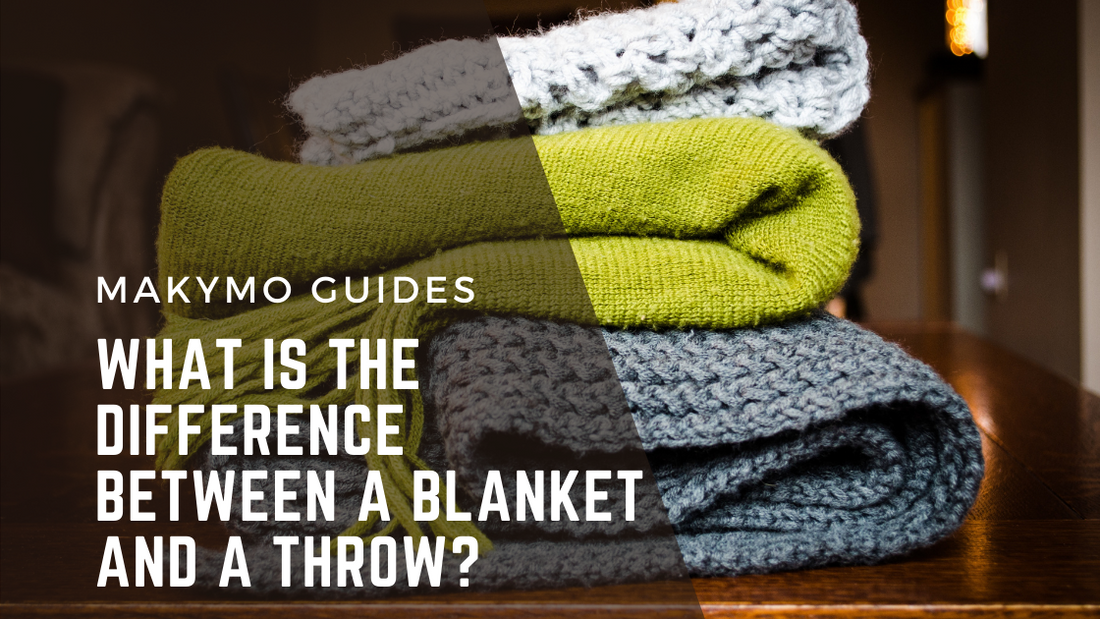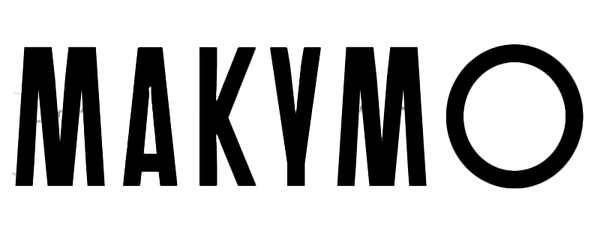
Blankets 101: What is the Difference Between a Bed Blanket, a Bedspread, a Coverlet, and a Throw?
Share
Blankets 101: What is the Difference Between a Bed Blanket, a Bedspread, a Coverlet, and a Throw?
Choosing the right blankets for your home is about far more than just staying warm. Between various styles, weights, and use cases, different blanket styles serve different functions throughout the house. However, blanket terminology can certainly be confusing, so if you’re trying to shop for something specific, it’s important to know exactly what terms to use.
Fortunately, we are here to help! Below, we break down the differences between a bed blanket, a bedspread, a coverlet, and a throw so you can be certain you can find the perfect blanket for your needs. Read on to learn more!
What is a Bed Blanket?

As the name implies, bed blankets are designed to be primarily used on your bed. During the day, these are the blankets typically folded across the end of the bed, above the comforter, duvet, or quilt of your choice. At night, they can be unfolded and used on top of the bedspread for an extra layer of warmth. For this reason, bed blankets should typically be about the same size as your comforter, duvet, or quilt, and can even be a bit smaller as long as they cover the full mattress. Because a bed blanket is the top layer above the bedspread, most people choose one that is ultra soft with an interesting texture for visual appeal.
What is a Bedspread?
A bedspread typically refers to a thin blanket that goes atop the comforter, duvet, or quilt, providing an extra layer of warmth without much weight. Bedspreads should be the same size or larger than your comforter, duvet, or quilt, so they have enough room to drape over the sides and bottom of the bed and cover the pillows, as well. Bedspreads can also serve as a protective layer—easily washable ones are great options for people who want light-colored, luxe bedding in a household with pets.
What is a Coverlet?
Coverlets are typically around the same weight as a bedspread, but they are used in a different way. Coverlets are designed to be placed between your top sheet and your comforter, duvet, or quilt. They are an ideal option for a bit of extra warmth without being too stuffy, due to their thin nature. Coverlets are typically the size of an oversized throw, and should be smaller than your comforter, duvet, or quilt.
What is a Throw Blanket?

A throw blanket is perhaps the most versatile piece of equipment in your blanket arsenal, and you can truly never have too many! Throw blankets are typically not sized according to traditional mattress sizes and are smaller than blankets designed to be used exclusively on beds. This is because they are made to be “thrown” wherever they are needed, hence the name. Throw blankets can outfit your couch, serve as an extra layer on your bed, and be easily moved from room to room to fit your family’s needs at any given time. Because throw blankets are available in a variety of colors and textures, they are just as decorative as they are functional. A great throw blanket can accessorize any room and serve as a comforting layer when things turn chilly—they are truly the most multipurpose blanket on the market!
The Difference Between a Bed Blanket and a Bedspread
Bed blankets and bedspreads are the most similar out of this lineup, but they do have important differences to note. Bed blankets are primarily designed to be used similar to a throw blanket, just exclusively on the bed. Bed blankets tend to be on the thicker side, and are sold in mattress sizes, but will be smaller than the comforter, duvet, or quilt that serves as the main covering for the bed. A bed blanket will be folded at the end of the bed until it is needed, so while the bed is made, it also serves an aesthetic purpose in addition to being a functional addition to your bed for when things turn chilly in the evenings.
Bedspreads, on the other hand, are rather thin. They will be thicker than a sheet but much thinner than a throw blanket—and much larger than any of the other options, too. When it is fully unfolded, a bedspread should be large enough to hang off the sides and bottom of the bed while fully covering the pillows at the top, as well. Bedspreads can also be used as protective layers, as they can remain unfolded throughout the day and sit atop the comforter, duvet, or quilt when the bed is made during the day. The bedspread would then be under the bed blanket, and protect the main bed covering from pets, children, or any other event that may soil the design.
The Difference Between a Coverlet and a Throw Blanket
Coverlets and throw blankets are both cozy, but serve rather different purposes. Instead of being a blanket that is folded and only pulled out when needed, a coverlet is designed to remain between the top sheet and the comforter, duvet, or quilt. It will be rather thin and should be a few inches smaller than the main bed covering so it does not drape to either side or off the end of the bed. While coverlets do provide some warmth, they are mainly designed to be a lightweight layer that is added to your overall bed covering design instead of a primary source of comfort.
Throw blankets, on the other hand, are rather versatile pieces that can go anywhere they are needed. Instead of being designed to stay on the bed, throw blankets are intended to be “thrown” wherever they are needed as a source of warmth. Throw blankets are typically heavy and luxe, being made from comfortable material such as faux fur to envelop the user in warmth and comfort. Throw blankets are great additions to living rooms, dens, movie rooms, and more, and their lightweight nature means they are easy to carry from place to place as necessary.
